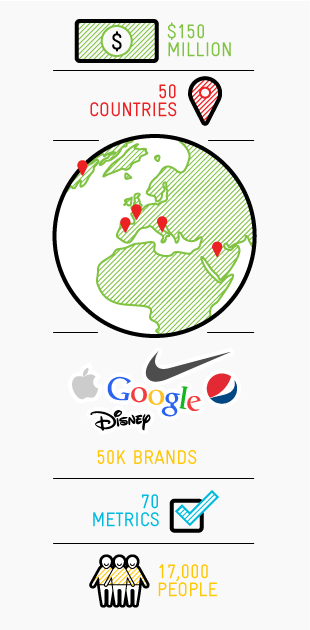by Kirk Wakefield – February 2014 With all the polls about which Super Bowl ad was the best, we all know the best ads keep it simple–simple enough a kid gets it. Why? Because we’re all kids at heart. Do these sound like your kids? Here are what some of our readers’ kids thought were…Continue Reading Super Bowl Ads: Our Kids’ POV
Super Bowl Ads: Our Kids’ POV






